Understanding Challenges Faced by Users of Vr Equipment in Various Industries
Table of Contents
- Challenges of VR Equipment Adoption Across Key Industries
- Impact of VR Technology on User Experience and Productivity Gains
- Common Usability Issues in VR Training Environments for Professionals
- Technical Limitations of VR Devices in Healthcare and Medical Training
- User Feedback and Adaptation Challenges in VR Gaming Experiences
- Future Trends in Overcoming VR Equipment Challenges Across Industries
- FAQS
- Conclusion
- Related Posts
In recent years, the adoption of VR equipment across various industries has surged, driven by advancements in technology and an increasing demand for immersive experiences. A report by MarketsandMarkets indicates that the global VR market is expected to grow from USD 15.81 billion in 2020 to USD 57.55 billion by 2027, highlighting the significant opportunities and challenges that organizations face in utilizing this technology. Despite the promising growth, users encounter various obstacles including high costs, technical complexity, and usability issues.
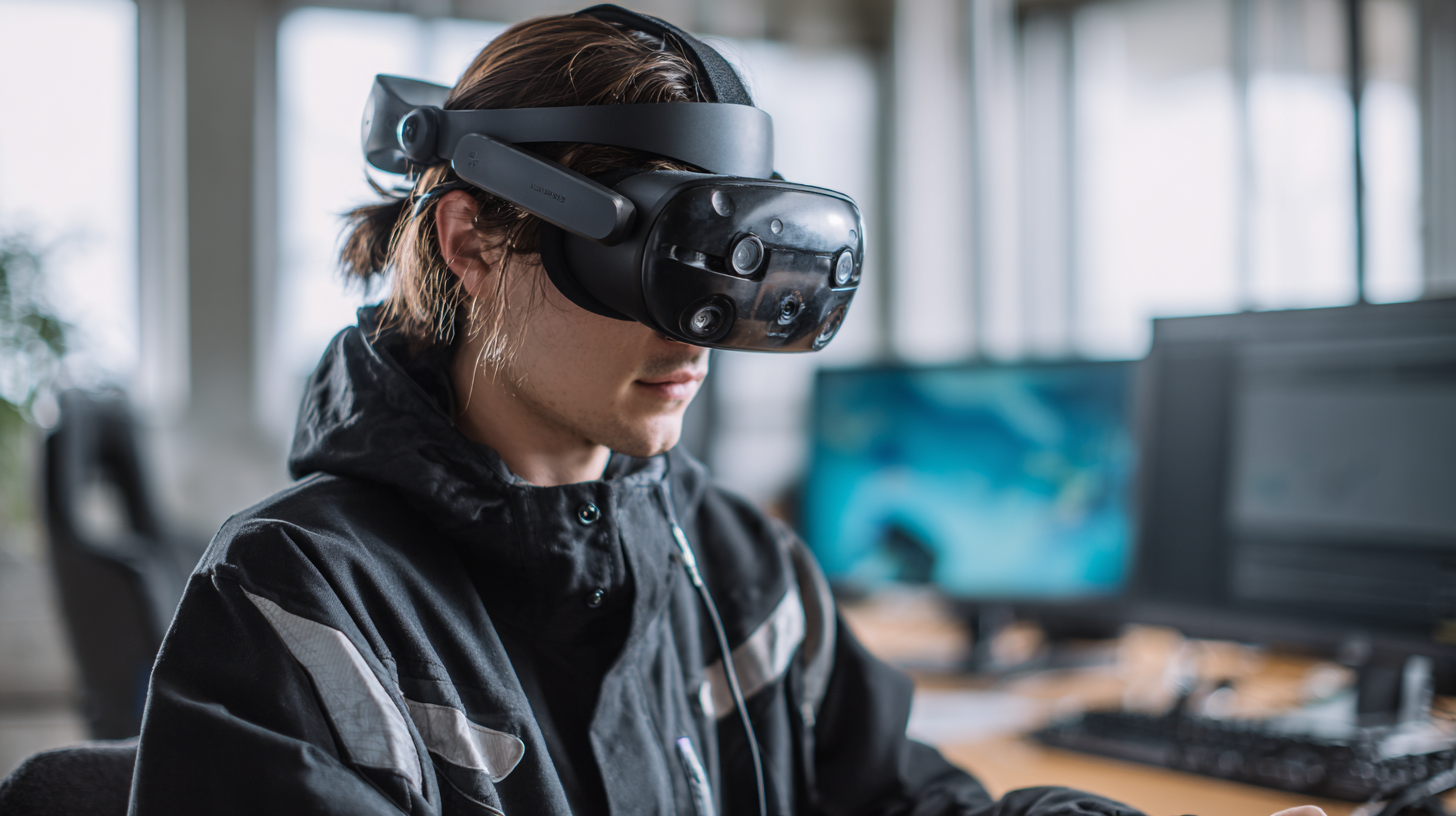
Companies like Guangzhou Longcheng Electronic Co., Ltd., VART VR, which is one of the earliest VR simulator manufacturers in China, play a pivotal role in addressing these challenges by providing innovative solutions tailored to the needs of diverse industries. With an extensive experience of over 60 skilled professionals and a state-of-the-art facility spanning 8000 square meters, VART VR is at the forefront of delivering comprehensive VR and cinema projects that help organizations overcome these hurdles and enhance their virtual experiences.
Challenges of VR Equipment Adoption Across Key Industries
The adoption of virtual reality (VR) equipment across various industries has presented a unique set of challenges. In healthcare, while the potential for VR to enhance patient care and medical training is significant, concerns around user safety and data privacy remain paramount. As healthcare technology evolves, ensuring that VR systems are compliant with regulations and safe for users, particularly children, is crucial for broad adoption.
In engineering education, augmented reality (AR) techniques demonstrate transformative potential, blending virtual and real environments to enrich learning experiences. However, integrating these technologies into curricula faces obstacles such as cost, the need for specialized training for educators, and varying levels of student engagement.
Tips for Overcoming Challenges:
1. Invest in Training: Provide comprehensive training for users to ensure they fully understand how to operate the VR equipment safely and effectively.
2. Engage Stakeholders: Collaborate with parents, educators, and regulatory bodies to create a robust framework for the safe use of VR technologies, particularly in educational settings.
3. Evaluate Costs: Conduct a thorough cost-benefit analysis to identify the best technologies to implement based on budgetary constraints and educational goals.
Addressing these challenges through strategic planning and collaboration can pave the way for successful VR integration across industries.
Impact of VR Technology on User Experience and Productivity Gains
Virtual Reality (VR) technology has revolutionized user experience across various industries, leading to significant productivity gains. By immersing users in a realistic digital environment, VR enhances training, design, and collaboration processes. For instance, in healthcare, VR simulations allow medical professionals to practice complex procedures in a risk-free setting, fostering confidence and improving outcomes. In the architecture and construction fields, VR enables stakeholders to visualize projects before they are built, minimizing errors and streamlining communication.
To maximize VR's benefits, organizations should consider implementing regular training sessions for their users. This ensures that employees are not only familiar with the technology but also skilled in leveraging its full potential. Additionally, integrating user feedback into the development of VR applications can help tailor experiences to specific needs, ultimately enhancing satisfaction and productivity.
Another essential tip is to maintain a supportive infrastructure. Ensure that the necessary hardware and software are updated and functioning properly, as technical issues can hinder the immersive experience. Moreover, creating a comfortable physical space for VR use, free from distractions, can significantly improve user engagement and productivity levels.
Common Usability Issues in VR Training Environments for Professionals
In recent years, the adoption of Virtual Reality (VR) technology across various industries has surged, especially in training environments. However, despite its potential, professionals have encountered several usability challenges. According to a report by PWC, 77% of employees believe that VR training enhances their job performance. Yet, over 30% of users report experiencing discomfort and disorientation during VR simulations, which can significantly hinder the learning process.
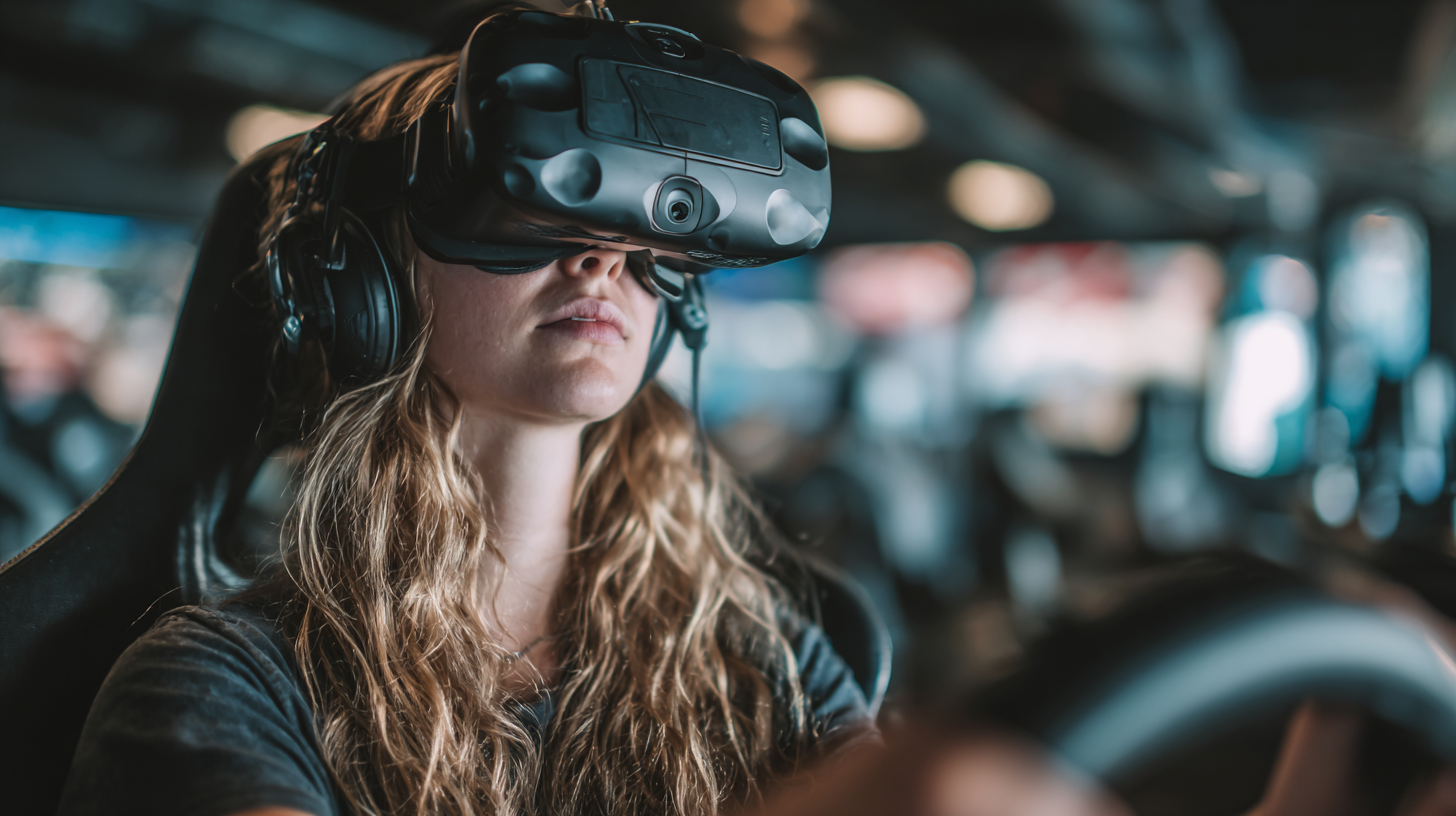
Additionally, a study from the IEEE reveals that the lack of intuitive user interface design in VR systems contributes to user frustration. Many professionals find it difficult to navigate complex VR environments, leading to decreased immersion and engagement. The importance of usability is underscored by the fact that 48% of VR training participants feel that technical issues distract from their learning experience. Addressing these common usability issues is essential for maximizing the effectiveness of VR training and ensuring that users can fully benefit from this innovative technology.
Technical Limitations of VR Devices in Healthcare and Medical Training
The integration of virtual reality (VR) technology in healthcare and medical training has been transformative, yet it faces several technical limitations. According to research, the immersive reality technology market is projected to experience significant growth, reaching $233.4 billion by 2032, with a remarkable annual growth rate of 20.9%. This surge highlights the increasing interest and adoption of VR solutions in various sectors, including healthcare. However, despite the promising outlook, the actual implementation of VR in medical training presents challenges such as limited field of view, latency issues, and the need for high-fidelity graphics to convey realistic scenarios effectively.
Moreover, recent developments indicate that hospitals are beginning to harness VR medical technologies, but the technical hurdles remain a barrier to widespread adoption. For instance, a report on the global medical education market, anticipated to expand from $2.76 billion in 2023 to $3.52 billion in 2024, emphasizes the role of the metaverse in enhancing medical training. This projection reflects not only the growing market potential but also the necessity for improved VR devices that can support complex training environments. As the industry navigates these technical limitations, achieving optimal user experience will be crucial in unlocking the full potential of VR in healthcare.
User Feedback and Adaptation Challenges in VR Gaming Experiences
As the virtual reality (VR) gaming industry continues to grow, a significant emphasis is placed on understanding user feedback to enhance experiences. According to the latest report by SuperData, VR gaming revenue reached $1.1 billion in 2020, reflecting a 30% increase from the previous year. However, this rapid expansion brings to light various challenges faced by users, particularly in terms of adaptability and immersion. Players often report issues such as motion sickness and hardware discomfort, which can detract from their overall gaming experience.
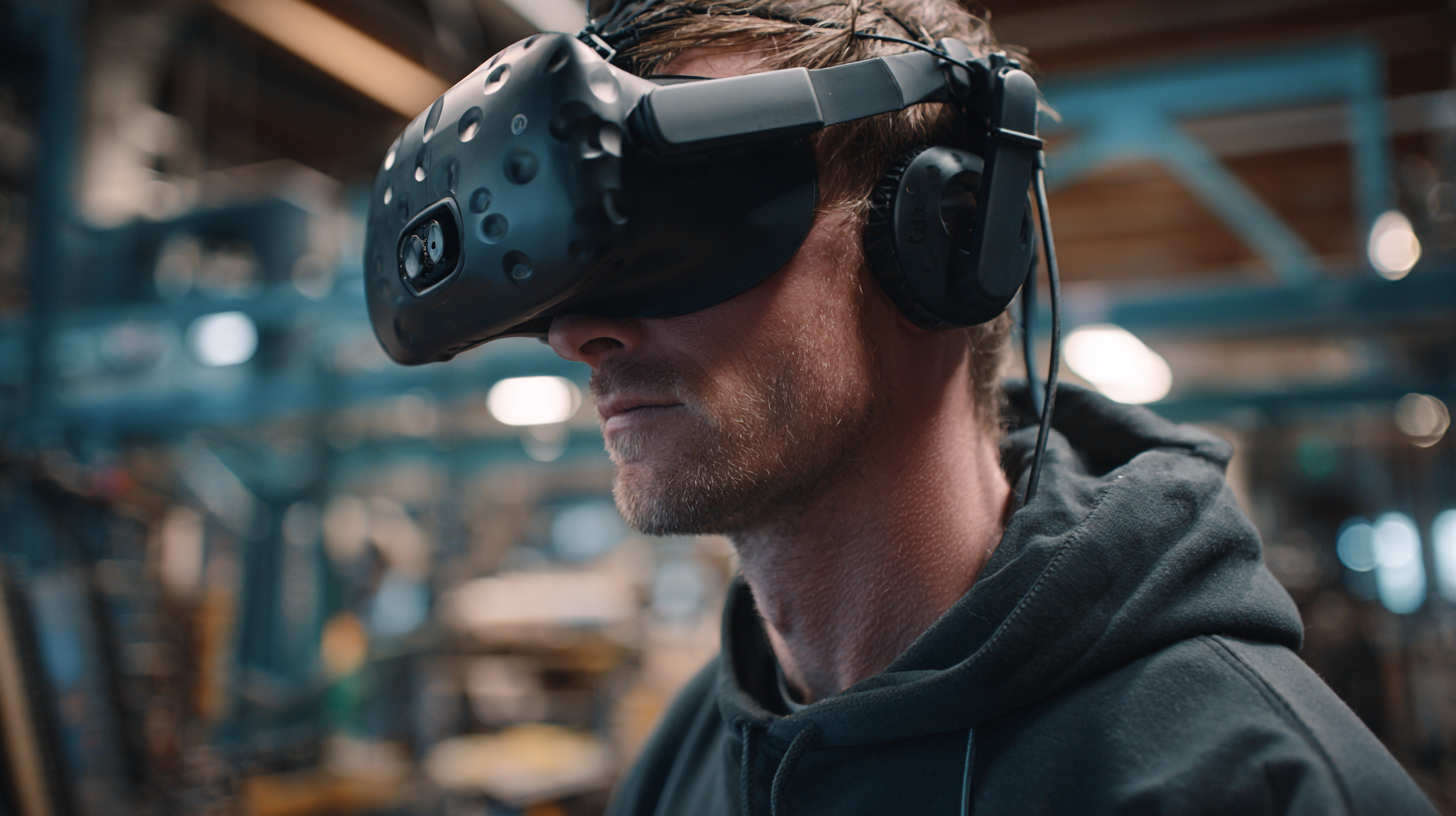
User feedback indicates that these challenges stem from a lack of intuitive controls and limitations in user interface designs. A study by the International Journal of Human-Computer Interaction highlights that 60% of players experienced discomfort, leading to a decrease in session length and satisfaction levels. Industry experts stress the importance of iterative design processes, where user feedback is continuously integrated to improve VR systems. This approach not only addresses existing pain points but also fosters a deeper connection between players and their virtual environments, ultimately enhancing the overall gaming experience in VR.
Future Trends in Overcoming VR Equipment Challenges Across Industries
The virtual reality (VR) industry is currently experiencing significant transformation driven by technological advancements and increasing demand across various sectors. According to industry forecasts, the global AR and VR market is expected to reach a staggering $127.73 billion by 2025, with a compound annual growth rate (CAGR) of 38.69% projected until 2033. This rapid growth emphasizes the growing reliance on VR technologies within diverse industries, from healthcare to education and entertainment.
However, despite the promising outlook, users frequently encounter challenges such as hardware limitations, high costs, and compatibility issues, which can hinder the effective implementation of VR solutions. To address these obstacles, stakeholders are actively exploring future trends aimed at enhancing VR user experiences. Innovative approaches, including improved ergonomics, more affordable devices, and better cross-platform integration, are on the horizon. The 3D mobile market is also poised for impressive growth, with projections indicating an increase of $25 billion by 2032, reflecting a CAGR of 11.18% from 2024 to 2032. Such developments indicate a concerted effort within the industry to overcome existing challenges and make VR technology more accessible and user-friendly for all.
Understanding Challenges Faced by Users of VR Equipment in Various Industries - Future Trends in Overcoming VR Equipment Challenges Across Industries
| Industry | Challenges | User Feedback | Future Trends |
|---|---|---|---|
| Healthcare | Limited user comfort and motion sickness | Need for better ergonomics | Advancements in haptic feedback |
| Education | High cost of setup and hardware | Desire for affordable solutions | Emerging low-cost VR solutions |
| Manufacturing | Integration with existing systems | Need for seamless interoperability | Development of compatible VR platforms |
| Gaming | Lack of engaging content | Request for more diverse games | Rise of indie VR game development |
| Retail | Inadequate user experience | Need for intuitive interfaces | Focus on user-centric design |
FAQS
: VR technology has revolutionized user experience by immersing users in realistic digital environments, enhancing training, design, and collaboration processes across industries like healthcare and construction.
VR simulations allow medical professionals to practice complex procedures in a risk-free setting, which fosters confidence and improves patient outcomes.
VR enables stakeholders to visualize projects before construction, minimizing errors and streamlining communication among team members.
Organizations should implement regular training sessions for users to ensure familiarity and skill in using VR technology effectively, as well as gather user feedback to tailor VR applications to specific needs.
A supportive infrastructure, which includes updated hardware and software, is crucial because technical issues can hinder the immersive VR experience and affect user engagement.
Technical limitations in VR devices for healthcare include a limited field of view, latency issues, and the necessity for high-fidelity graphics to create realistic training scenarios.
The immersive reality technology market is projected to grow to $233.4 billion by 2032, with an annual growth rate of 20.9%, indicating increased interest in VR solutions across various sectors.
The medical education market is anticipated to expand from $2.76 billion in 2023 to $3.52 billion in 2024, reflecting the role of VR and the metaverse in enhancing medical training and education.
Conclusion
The blog titled "Understanding Challenges Faced by Users of VR Equipment in Various Industries" delves into the multifaceted obstacles that hinder the widespread adoption of VR technology. It highlights challenges such as the impact of VR on user experience and productivity, common usability issues encountered in VR training environments, and the technical limitations of VR devices in sectors like healthcare and medical training. Additionally, user feedback reveals adaptation difficulties in VR gaming experiences, emphasizing the need for innovation to enhance usability.
As a key player in the VR simulator manufacturing landscape, Guangzhou Longcheng Electronic Co., Ltd. VART VR recognizes these challenges and is committed to providing comprehensive solutions. Our extensive experience and resources position us well to address the evolving needs of various industries, paving the way for advancements that will improve the efficacy and accessibility of VR equipment.
Related Posts
-
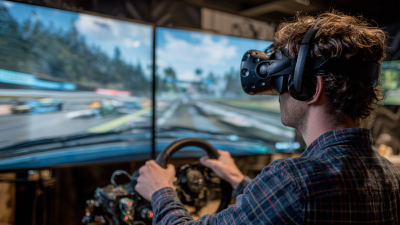
Issues with 9d Vr Simulator Games and Their Impact on User Experience
-

From China's Leading Factory The Trusted Source for the Best VR Race Game Globally
-
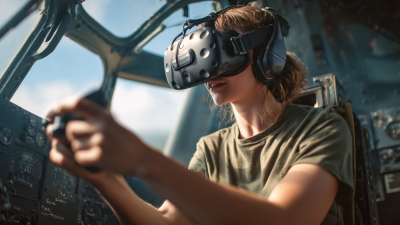
How to Experience Thrills with Vr Flight Games Through Immersive Simulation
-
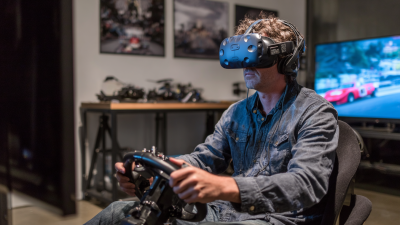
The Future of Gaming Experiences with VR Simulators
-
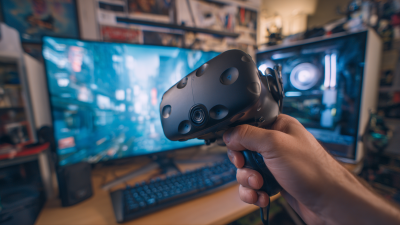
The Definitive Guide to Understanding Vr Machine Price and Its Market Trends
-
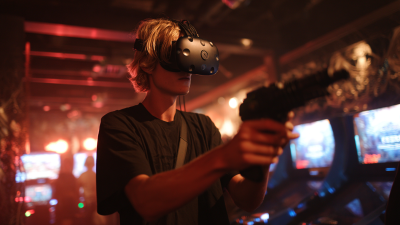
What Makes VR Arcades a Revolutionary Experience in Entertainment

